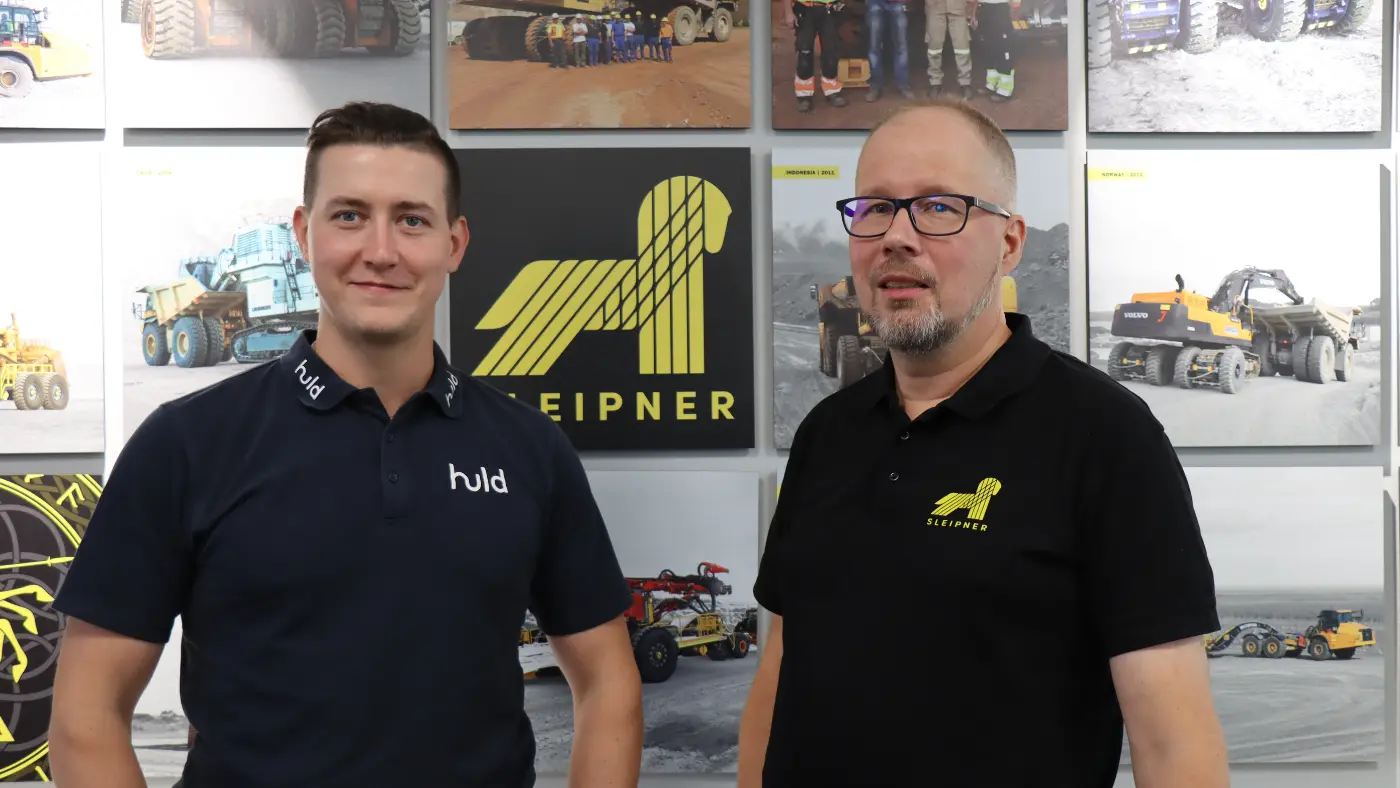
Finnish Technology Expertise Is Needed in the Transformation of the Mining Sector
Sleipner Finland and Huld responded to the challenges of mining sector by developing a fully electric and autonomous transport solution that takes mines one step closer to zero emissions.
Sustainable development goals and labour shortage in the mining sector are driving bold technology solutions. Sleipner Finland and Huld responded to the challenge by developing a fully electric and autonomous transport solution that takes mines one step closer to zero emissions.
Mining companies are globally committed to halving mining emissions by 2030. The goal is to achieve zero emissions by 2050.
Fossil fuels are one of the biggest emitters in the mining industry. A significant number of emissions is generated by moving heavy machinery. For this purpose, the Finnish company Sleipner developed a fully electric and autonomous transport solution.
“One mine can reduce up to 600 tons of emissions annually just by electrifying moving machines. At the same time, productivity increases, and maintenance costs decrease,” explains Teijo Höylä, CTO at Sleipner.
Networks as a Resource in the Electrification of the Mining Sector
The electrification of the mining industry is advancing rapidly, but with it also comes challenges. Developing a completely new kind of product has required creative solutions.
“Even though mines will utilise more and more electricity in the future, it is not worth building an electricity network everywhere. With our solution, we can also transport large backup power sources to mines and replace them without human power,” Höylä says.
With electrification, the entire range of equipment is changing. The transformation extends everywhere machines are used. This requires versatile expertise throughout the product development life cycle.
“Few projects today are not related to electrification. At Huld, we can help our partners across the entire design spectrum, from mechanics to software,” says Mika Sorri, Head of Electrification at Huld.
The product development of the new transport solution is based on long-term cooperation. According to Höylä, the strength of Finnish companies lies in the culture where all expertise does not need to be within one company. Subcontracting networks are seen as an advantage in Finland.
“Not all lessons have to be learned the hard way, as you can find the necessary expertise through networks.”

Safe Autonomous Technology
The automation of machines can respond to the labour shortage of the mining industry. The first fully automated mines can already be found around the world, for example in Australia and the United States.
“Autonomy saves time, reduces operating costs and makes business more efficient when people’s expertise can be utilised in other tasks,” Höylä emphasizes.
Functional safety of autonomous devices is key to preventing accidents and damage. Ville Emmes, Safety Specialist at Huld, emphasizes that risk analysis and determining the right level of autonomy are crucial in developing a safe and cost-effective product.
“The level of autonomy is an important factor – what decisions the machine can make itself and what other measures, such as remote control, are required to achieve sufficient safety and avoid risks. In mines, risks can be avoided, for example, by demarcating the operating area so that there are no people in the area while the machines are working.”
The first fully electric autonomous trailers will be introduced to mines in 2026.
Read more about Sleipner and Huld’s coopeartion.
Sleipner Finland works together with customers in the mining industry globally to provide innovative and sustainable technology solutions. Huld designs safe, high-quality and sustainable technologies and software for customers from industry to space.
Huld and Sleipner have been collaborating in the development of Sleipner’s fully electric and autonomous transport solution.